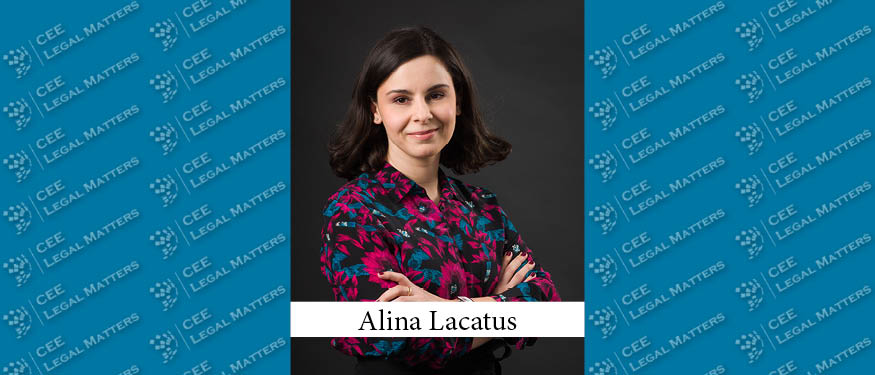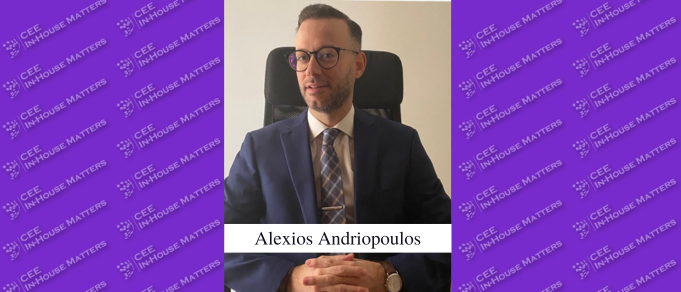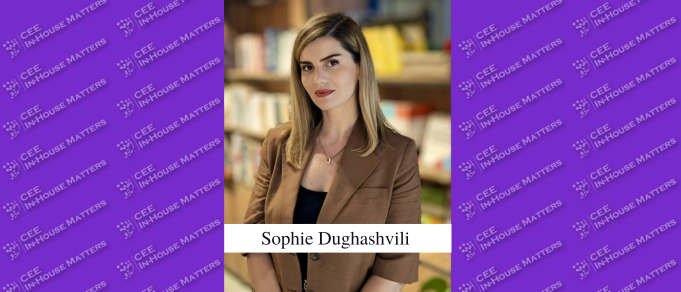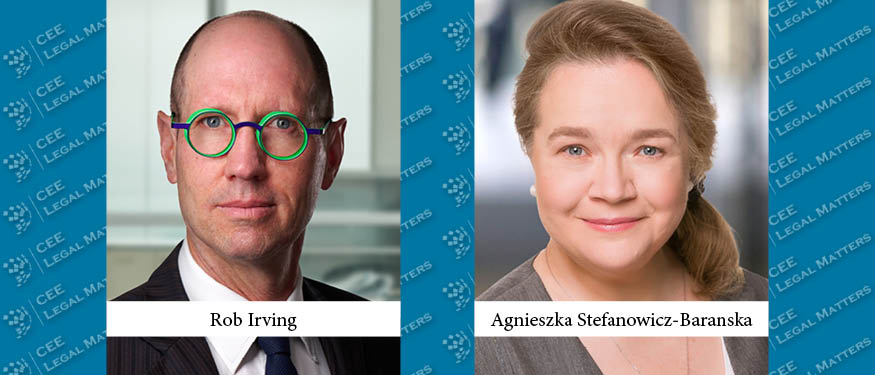The Romanian pharmaceutical sector has been constantly subject to legislative amendments and also scrutiny by numerous (tax, competition, criminal, regulatory) authorities. The base law on the healthcare system alone was modified more than 170 times in 16 years. While each authority has dealt with its own matters when regulating this sector, one of the main shortcomings is the lack of an integrated approach that, to the benefit of Romanian patients, looks holistically at aspects from clinical trials to pricing and reimbursement and claw-back tax.
Measures taken individually by each authority have not managed to solve the shortcomings and enhance Romanian patients’ access to medicines. According to Eurostat data, Romania is still among the EU countries that allocate the lowest GDP percentage to healthcare (5.5% in 2020). Despite certain measures being implemented in the healthcare system to enhance prevention and treatment, Romania still maintains a disincentivizing and rigid pricing policy.
The pricing regulations use the lowest price tool (or even lower than the lowest price) against 12 European selected reference countries (with multiple additional constraints concerning catalogs, currencies, and applicable exchange rates), which triggered the withdrawal of medicines from the Romanian market – some estimations state around 2,000 medicines, out of which 400 innovative medicines without therapeutic alternative. It has a very long reimbursement process – the most recent European Federation of Pharmaceutical Industries and Associations data shows that Romanian patients wait 883 days to have access to new therapies, the longest waiting time in Europe. It also has a rather rigid framework for cost-volume/cost-volume-result agreements, as opposed to more diverse managed entry agreements, allowing taking into account the type of molecules and disease. Some of the main topics to watch out for would be:
Pricing and Reimbursement: While patients’ court trials to obtain free treatment with molecules not yet reimbursed in Romania have re-emerged, health technology assessment legislation would need to be more adapted for treatments meant to solve specific clinical issues with a significant spread among the Romanian population as opposed to other EU countries.
Distribution Models: Companies will have to adapt their distribution models to market needs as well as to regulatory and tax rules. Romanian authorities keep an eye on the sector and, once an issue is identified, it could trigger a domino effect on all companies presumed to have the same model. Transfer pricing is crucial, as it is of key importance to adapt the remuneration model to the market trends given that the Romanian tax authorities are becoming increasingly aware of the international assessments. Boilerplate distribution and remuneration models are history, and every multinational group of companies will have to design their model by reference to the actual functions and risks allocated to the local entity.
National Cancer Plan: On October 19, 2022, the Romanian Parliament adopted the Law for Prevention and Fight Against Cancer, which will enter into force on January 1, 2023. It is the first time Romania has a law grounding measures for the prevention and fight against cancer at a national level. The law will cover the period between 2023-2030. Application norms will be issued through a government decision within 180 days of its entry into force. There are many measures targeted that imply budgetary impact analysis and planning as well as allocation of important financial resources. The implementation by the Ministry of Health, the Ministry of Finance, and the National Health Insurance House will thus be essential to achieve the objectives of this plan.
Claw-Back Tax and Cost-Volume/Cost-Volume-Result Contributions: These specific contributions meant to bring additional money to the Healthcare Fund have been long debated and challenged, including in courts and before the Constitutional Court. Given that the current regime of the cost-volume/cost-volume-result contributions was enacted in 2018, an impact assessment should be performed to make this regime more adapted and balanced, while allowing more types of managed entry agreements.
Competition Law:The Romanian Competition Council is the most active competition authority in CEE in actions concerning the pharmaceuticals sector. After two sector inquiries in this field (finalized in 2011 and 2017), with detailed assessments and recommendations, the authority recently announced a new sector inquiry into retail pharmaceuticals – the aim being to identify elements that can limit patients’ access to medicines from pharmacies (availability for patients will be analyzed and suggestions for improvement will be made). In addition, fines were applied to pharmaceutical companies for behaviors deemed as abuse of dominance, export bans, and cartels (a total of more than EUR 100 million since 2010) while other investigations into novel practices (promotion tactics) are pending.
By Alina Lacatus, Partner, DLA Piper
This article was originally published in Issue 9.11 of the CEE Legal Matters Magazine. If you would like to receive a hard copy of the magazine, you can subscribe here.






















